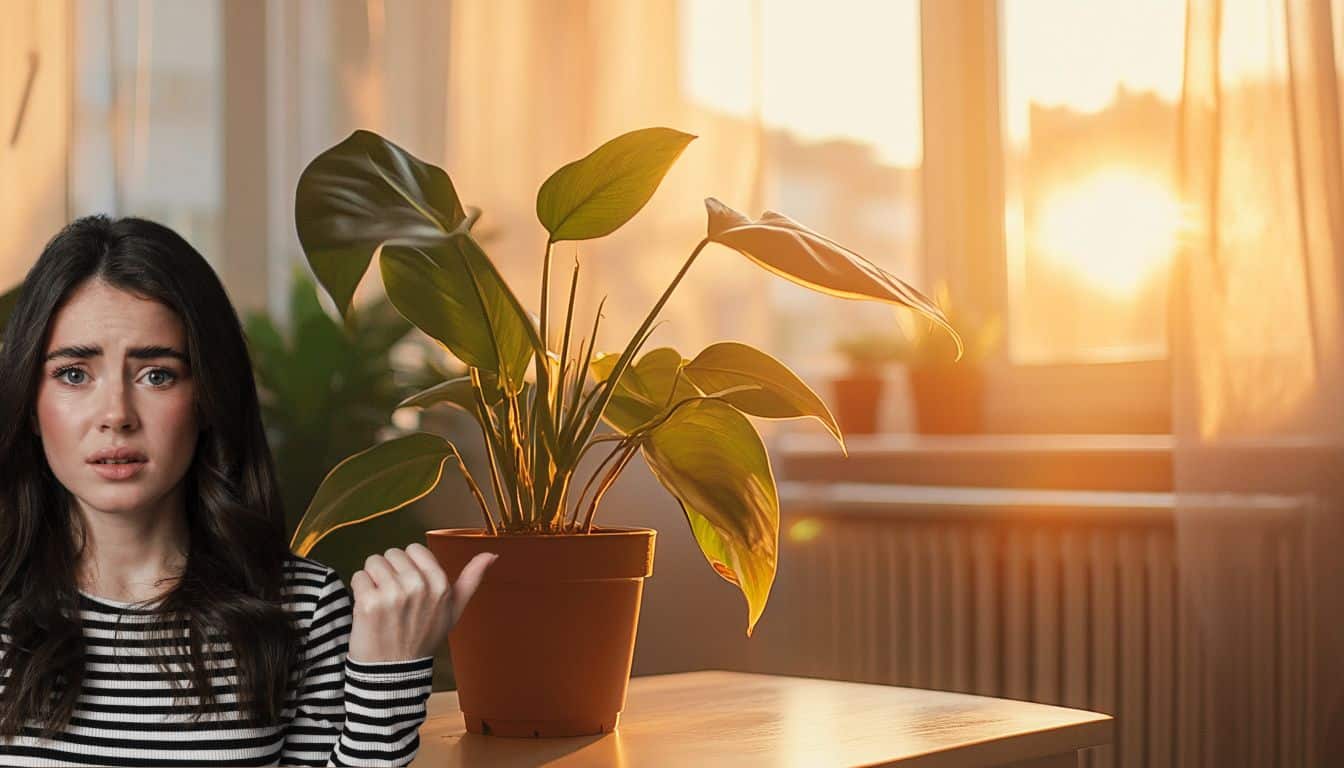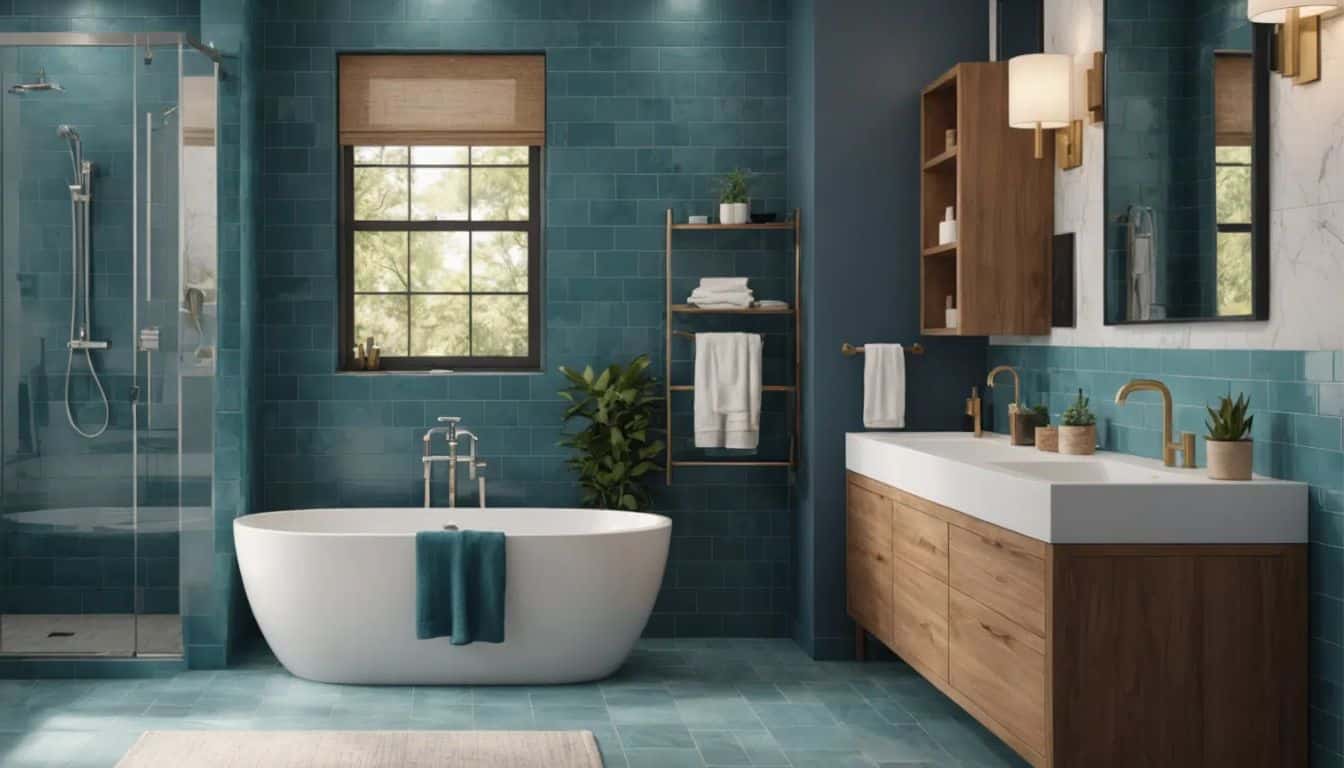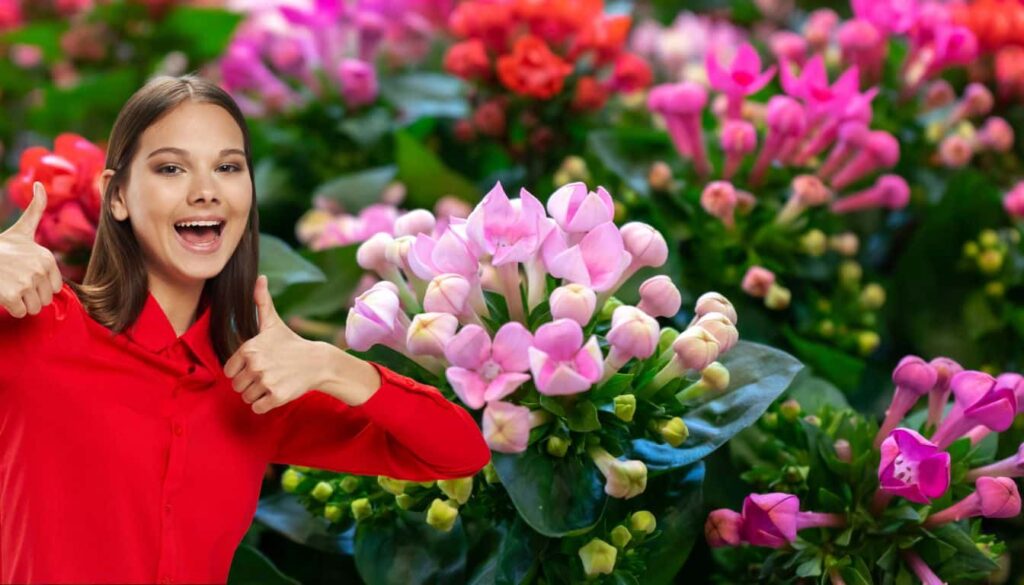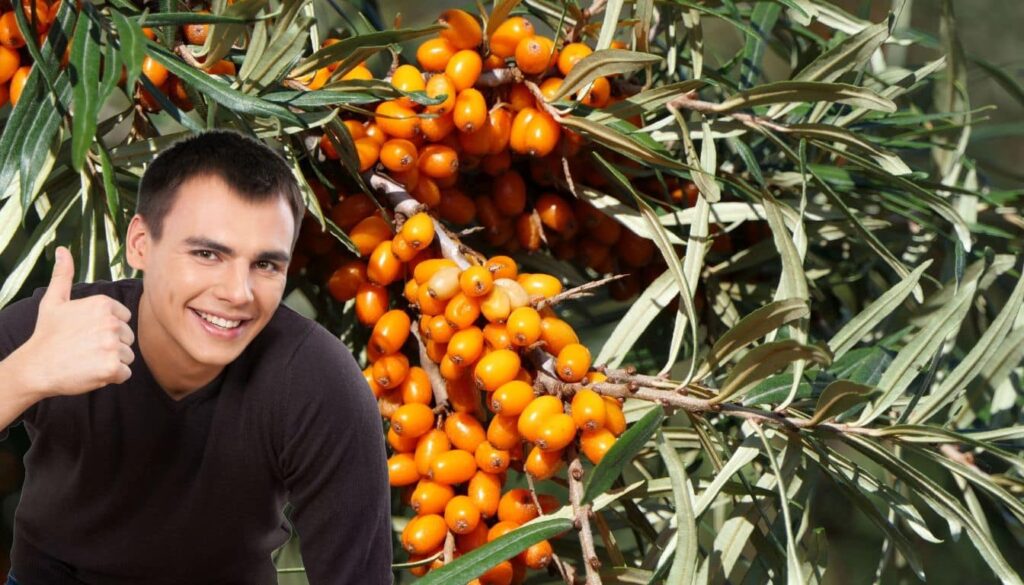With the arrival of low temperatures, our beloved houseplants they are not safe from winter threats, but contrary to popular belief, the greater danger it doesn’t just come from external frosts.
Il heatingso indispensable for our comfort, can turn into a fearsome enemy for plants.
Find out how to mitigate the negative effects of heating and keep your plants green and thriving until spring. Don’t abandon your plants to their fate: they depend on you!
Why is heating harmful to plants?
Dry air
Dry air is one of the main problems caused by heating. When humidity decreases, plants struggle to maintain their natural hydration.
The leaves dry up, their margins turn yellow and absorbing nutrients becomes almost impossible.
Excessive heat
Excessive heat, especially if direct, can burn the leaves and cause the soil to dry out more quickly. In such a situation, plants tend to run out of water reserves soon, leading them to a substantial weakening.
Temperature variations
Sudden changes between day and night or between different rooms can put the plants under stress continuous, undermining their ability to adapt and thrive.
Signs of suffering plants
The brown leaves at the edges or that appear dehydrated are a clear warning sign. If leaves drop frequently, your plants are suffering from one thermal stress.
Soil that remains dry despite regular watering indicates a need to review your planting strategy irrigation.
How to protect your houseplants from heating
Increase ambient humidity
By placing a humidifier in the room, you will fight the dryness of the air. Bring plants together to create a humid microclimate and beneficial, or use saucers with expanded clay and water to encourage evaporation.
Move plants away from heat sources
Poni kills him remote plants from radiators. At least one meter of separation will prevent them from experiencing too much direct heat. Keep their space away from air currents hot or cold.
Adapt watering
Adjust watering based on evaporation rate of the land. Use water at room temperature, avoid exceeding the doses and check regularly the humidity of the substrate.
Protect foliage
Cleaning the leaves regularly allows for better photosynthesis. Spray non-limestone water where it is tolerated, especially for plants such as ferns.
Provide adequate lighting
With shorter days, plants feel the light deficit. Move them closer to windows and, if necessary, purchase a horticultural lamp.
Reduce fertilizer inputs
During the winter, plants slow down their growth, so get used to reducing fertilizer to avoid stressing them with excess nutrients.
Plants particularly sensitive to heating
Someone variety are more vulnerable to thermal alterations. The ferns prefer a higher humidity level, while i calatheas require frequent spraying.
Even the orchids they require stable and humid environments, and the pothos It likes suitable watering with constant humidity.
Extra tips for your indoor gardening
Turn the plants regularly to prevent one side from receiving all the heat luce or heat. Clean heating systems to avoid emissions of harmful particles and consider the use of self-watering pots for the most delicate plants.
With these strategies, you can safeguard your plants from the effect of heating. For more details on how to get rid of unwanted guests like fungus gnats or to keep your potted plants happy, take a look here: Tips for Happy Potted Plants.







